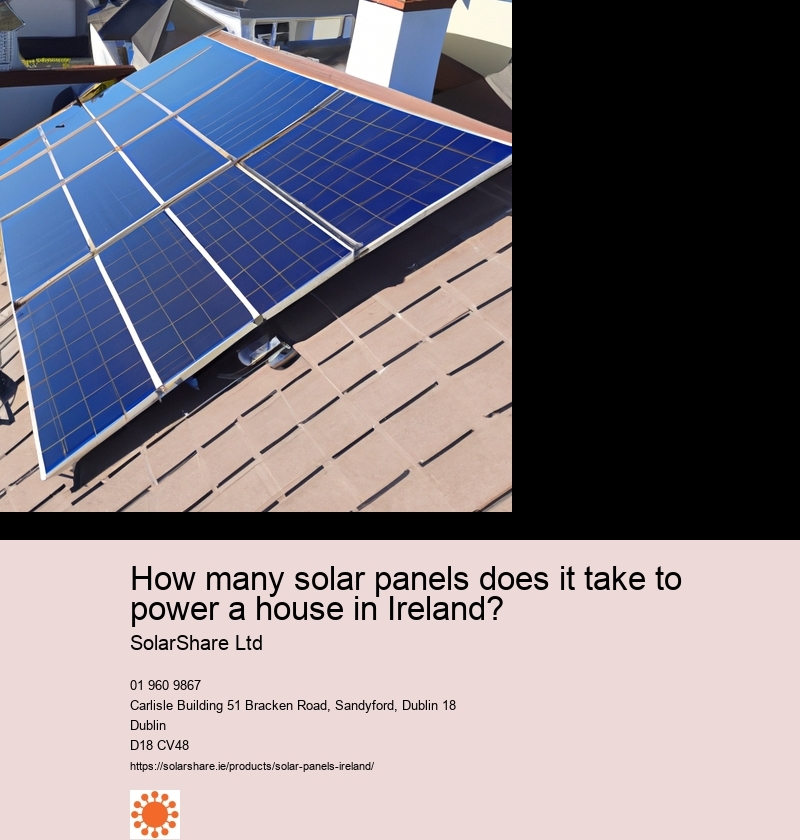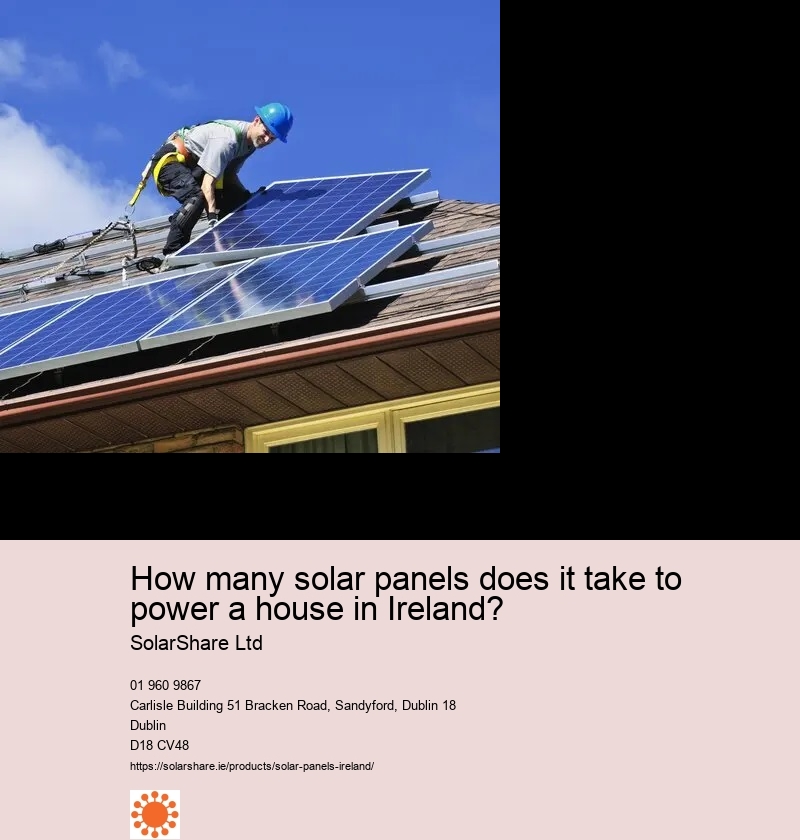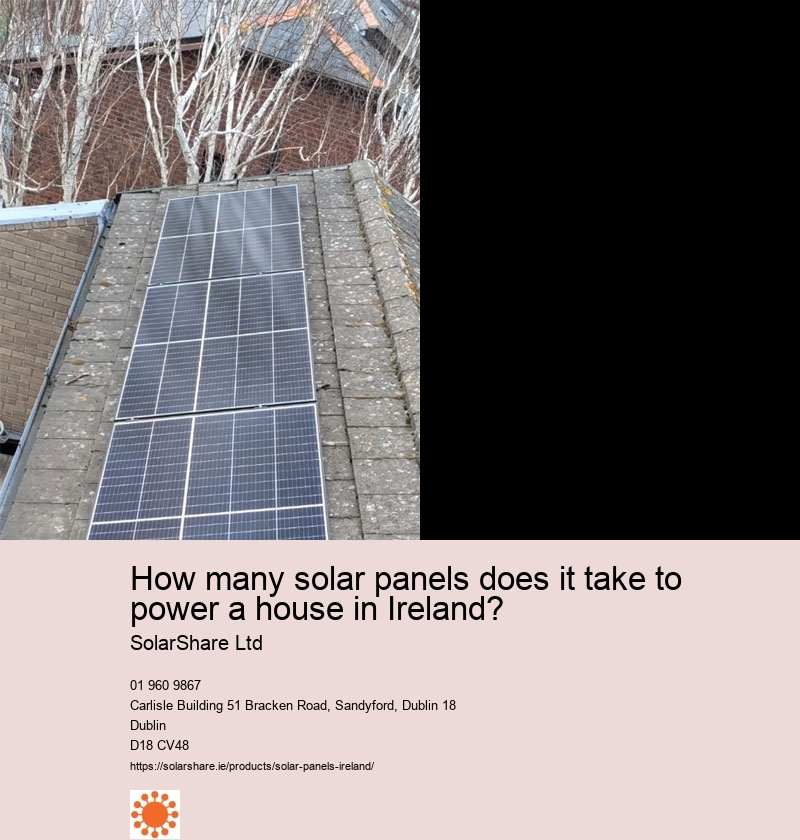How many solar panels does it take to power a house in Ireland?
how much are tesla solar panels
We are working with schools and communities in Ireland to help change the way they think about ener-gy.
The size and type of a microgeneration system (a typical installation consisting of 10 panels)
How much power your home or business needs will determine the cost of the solar panels you choose and the solar energy system that you purchase.





